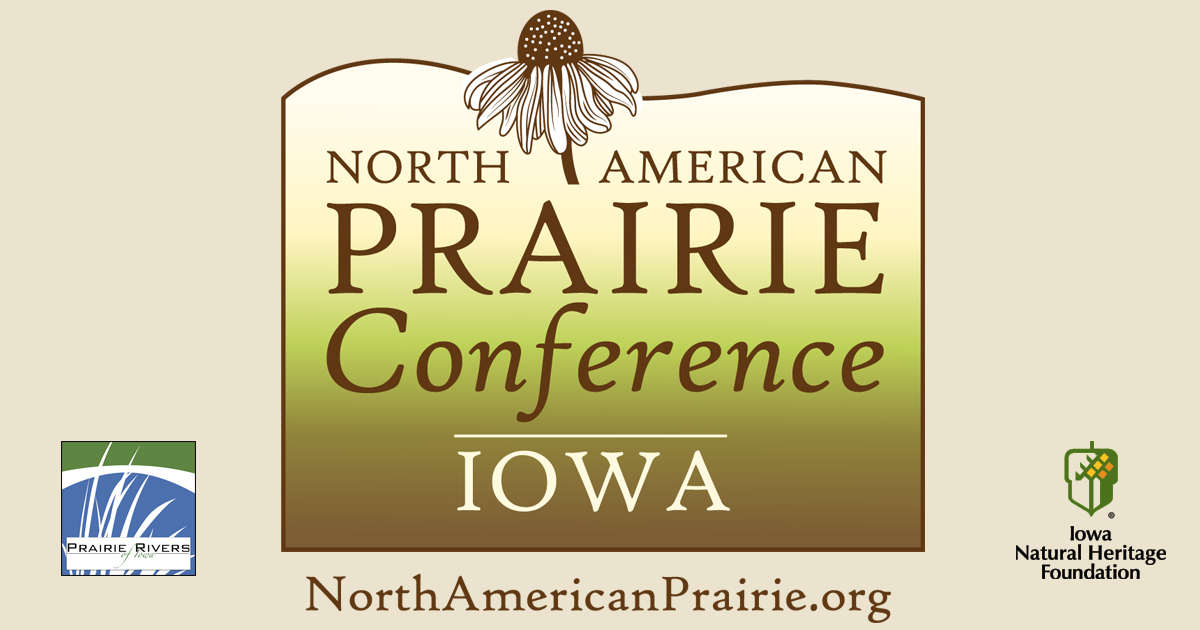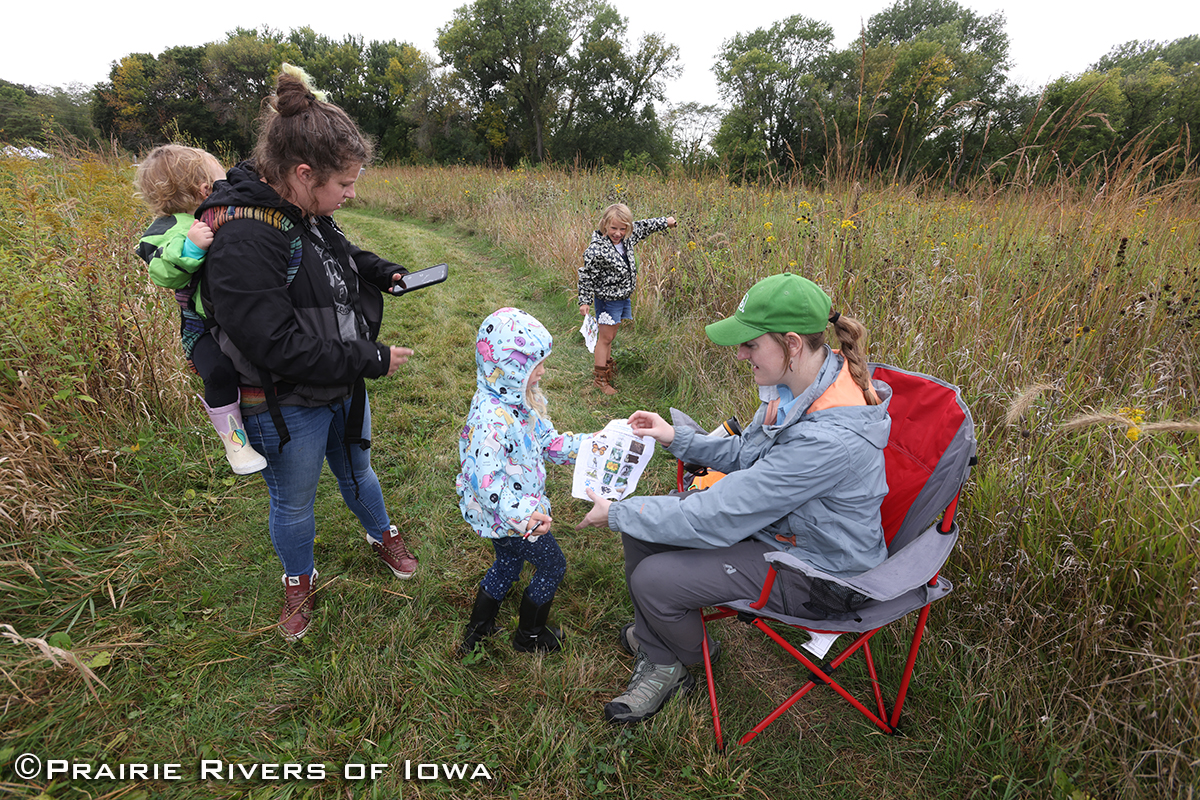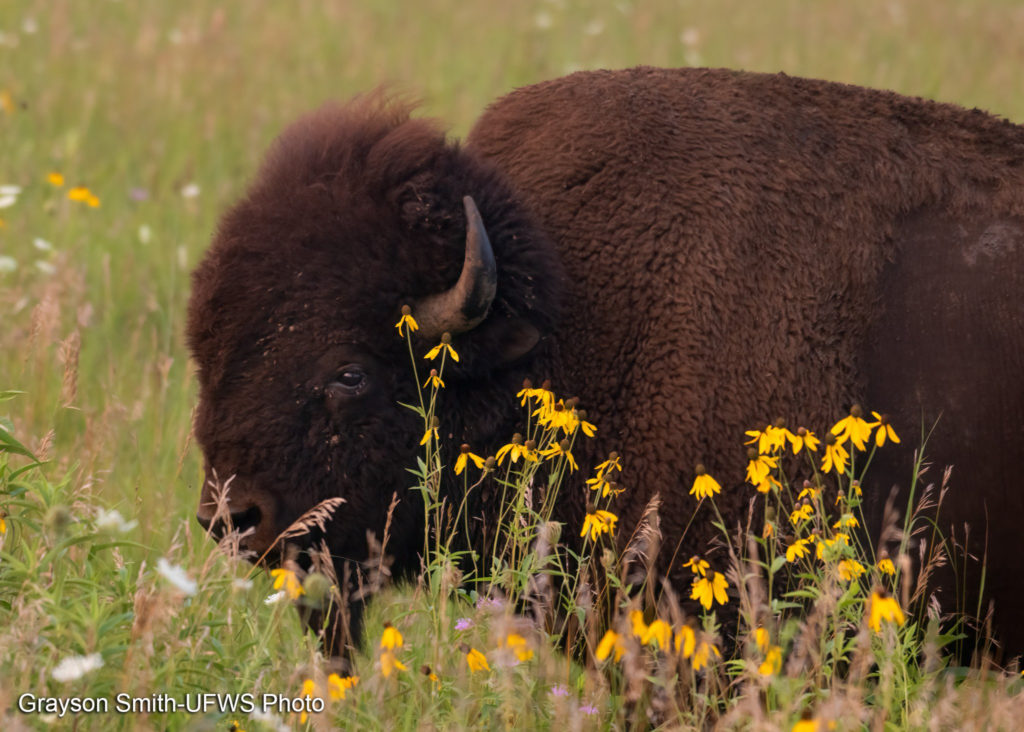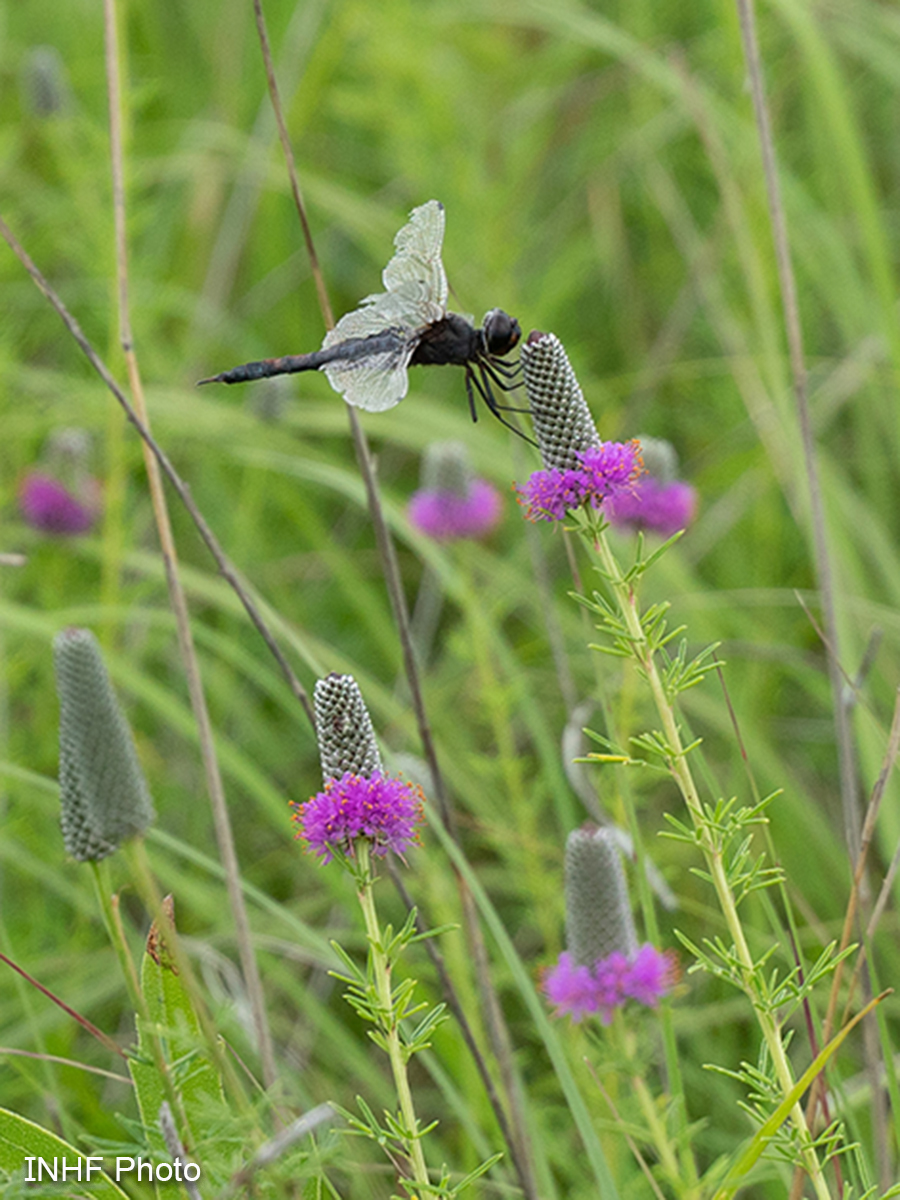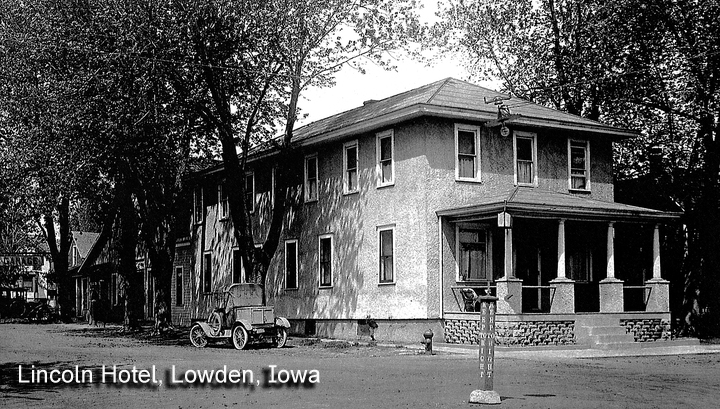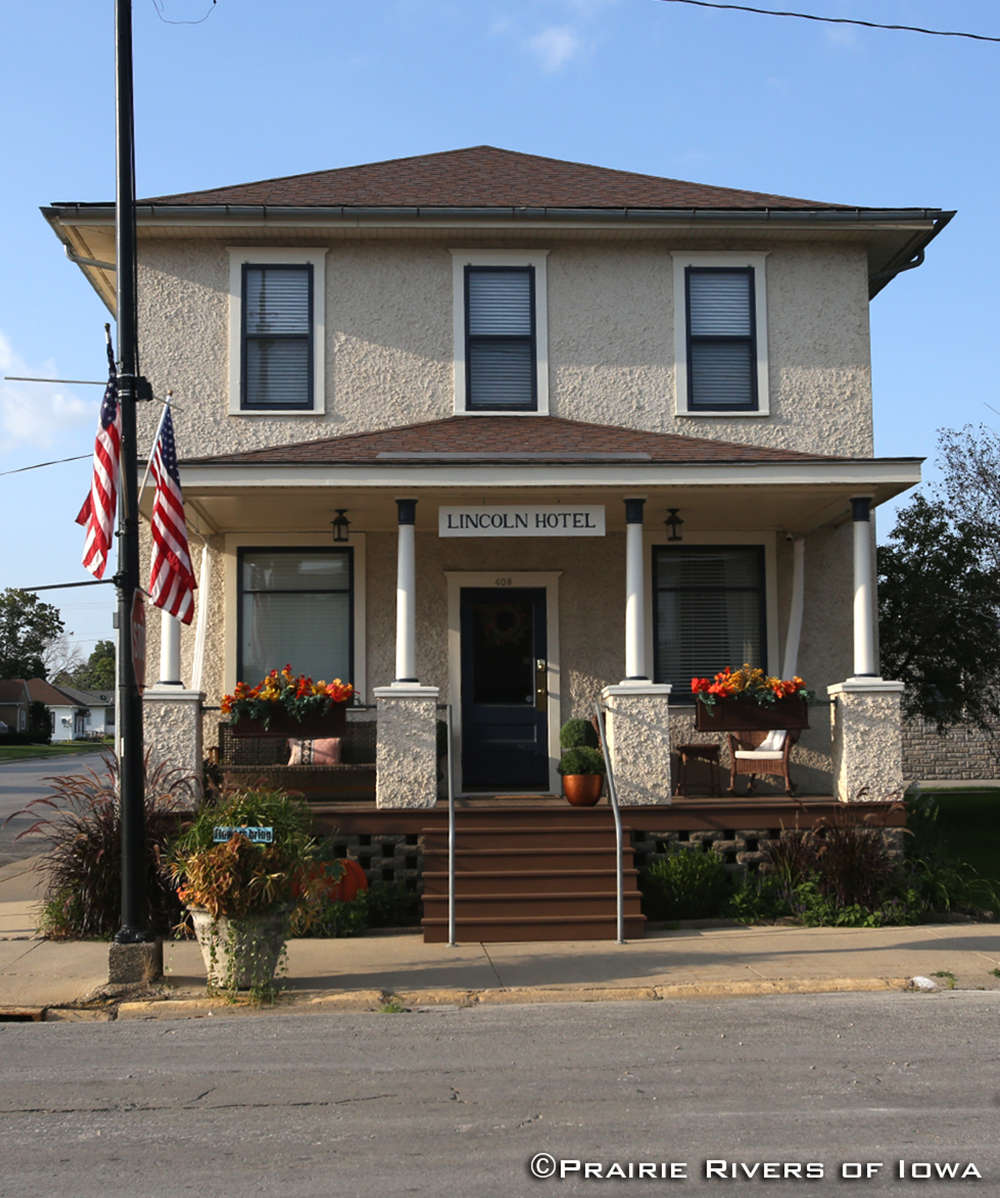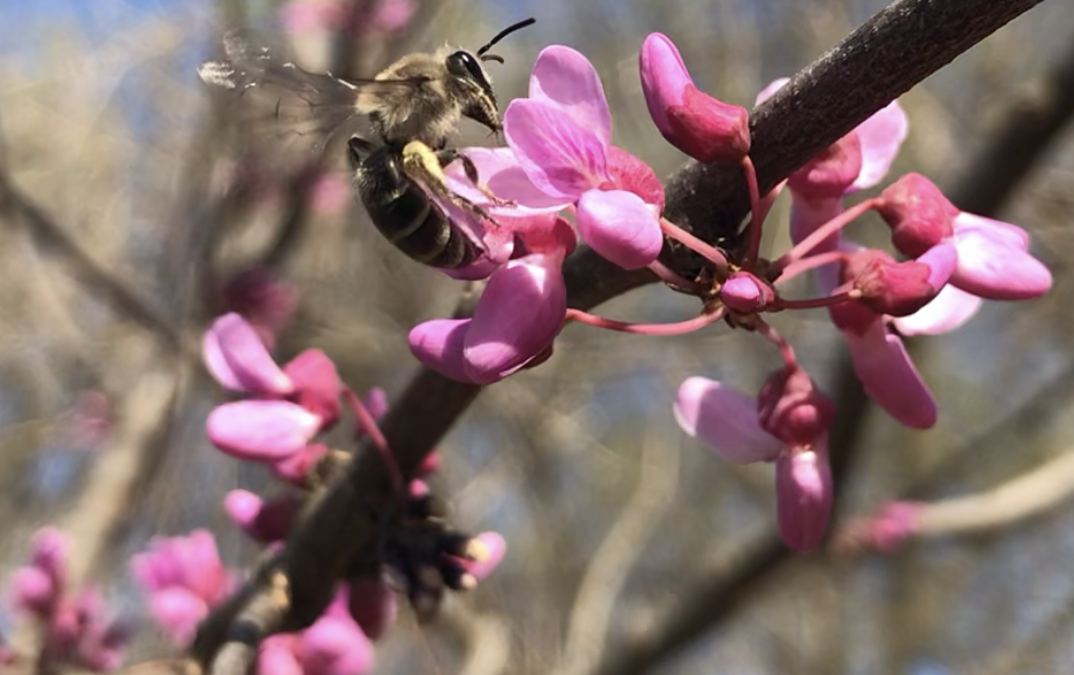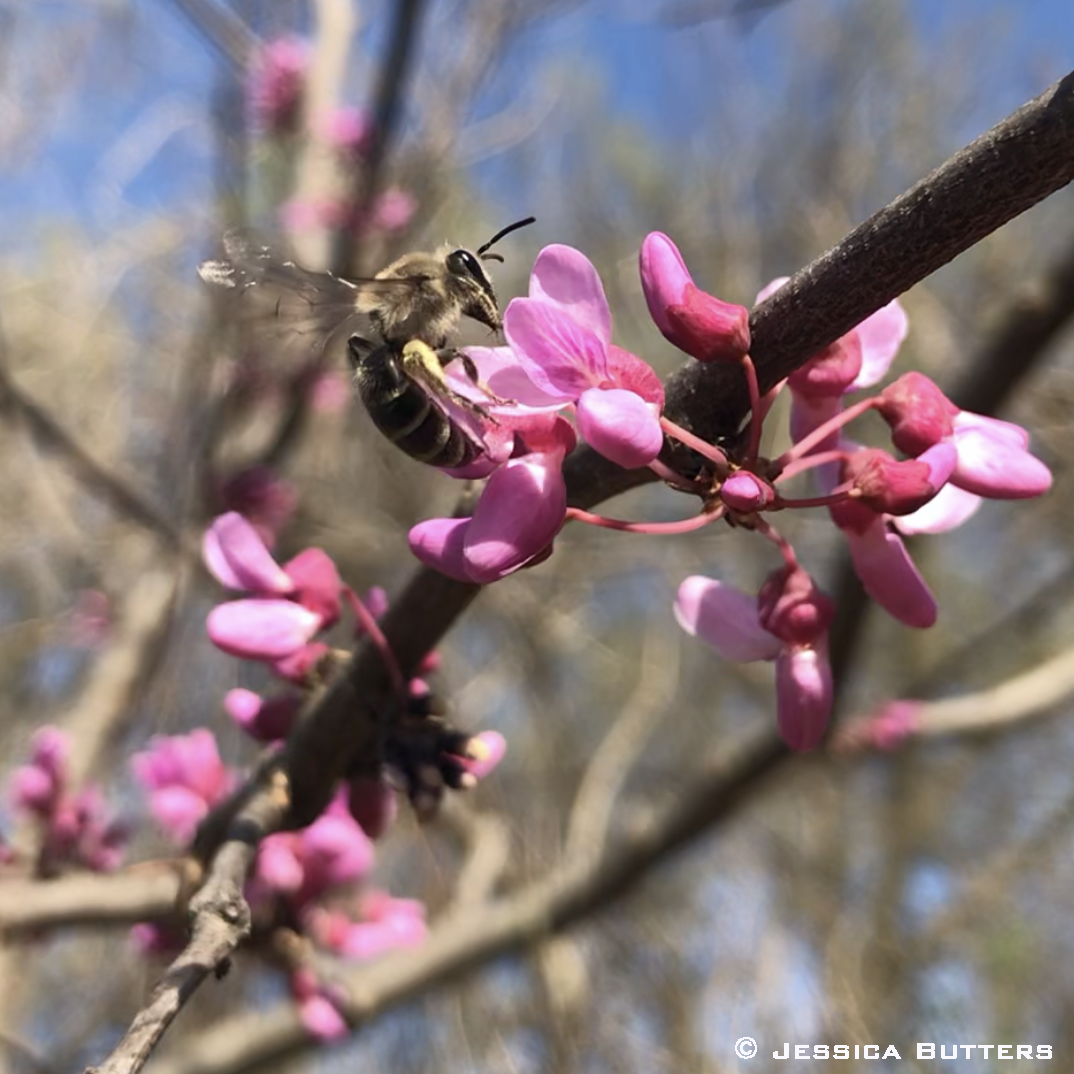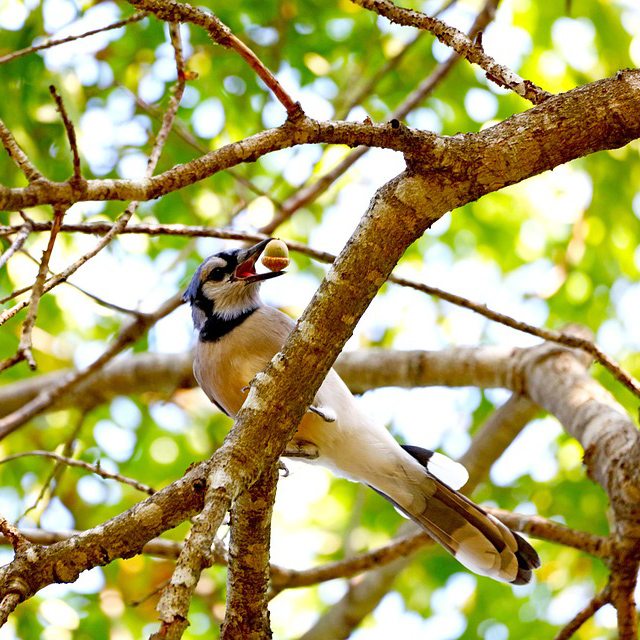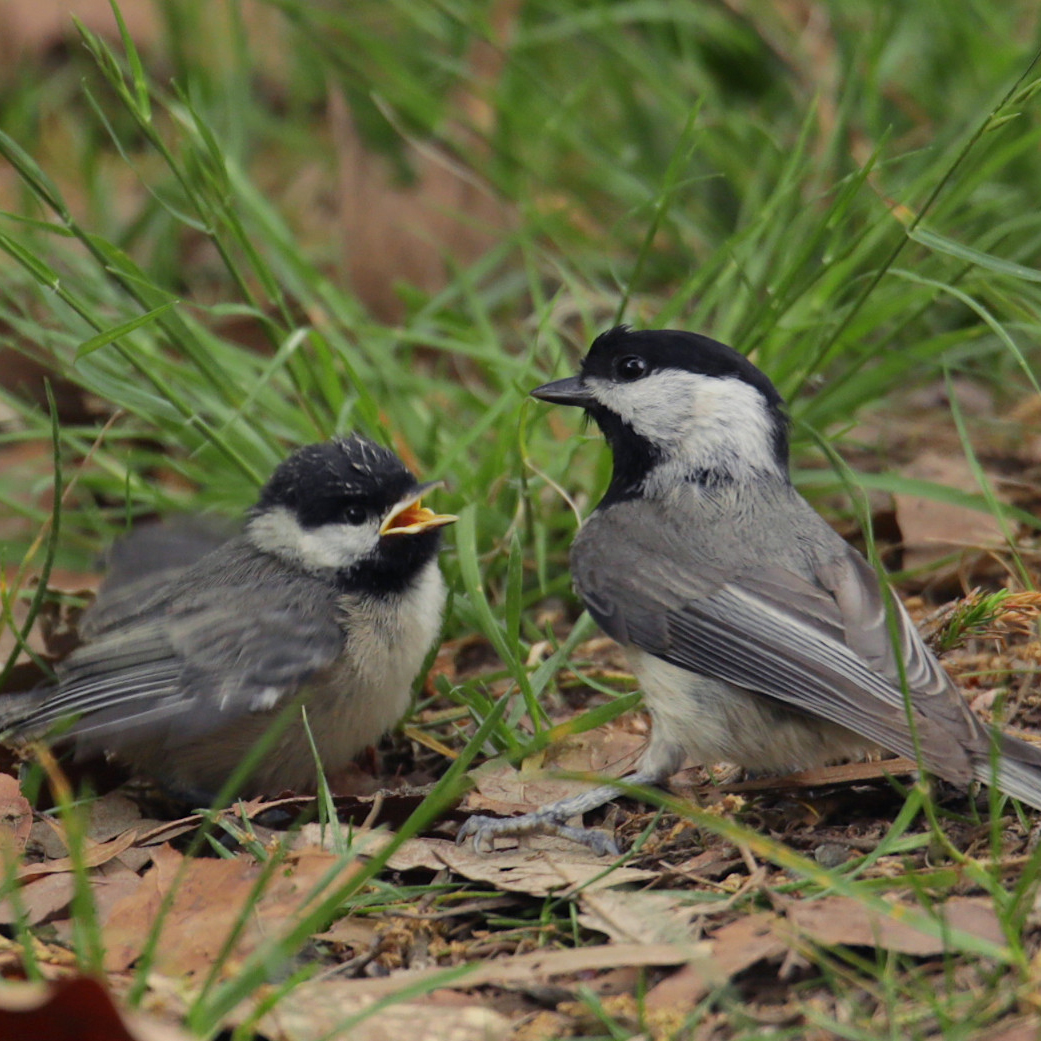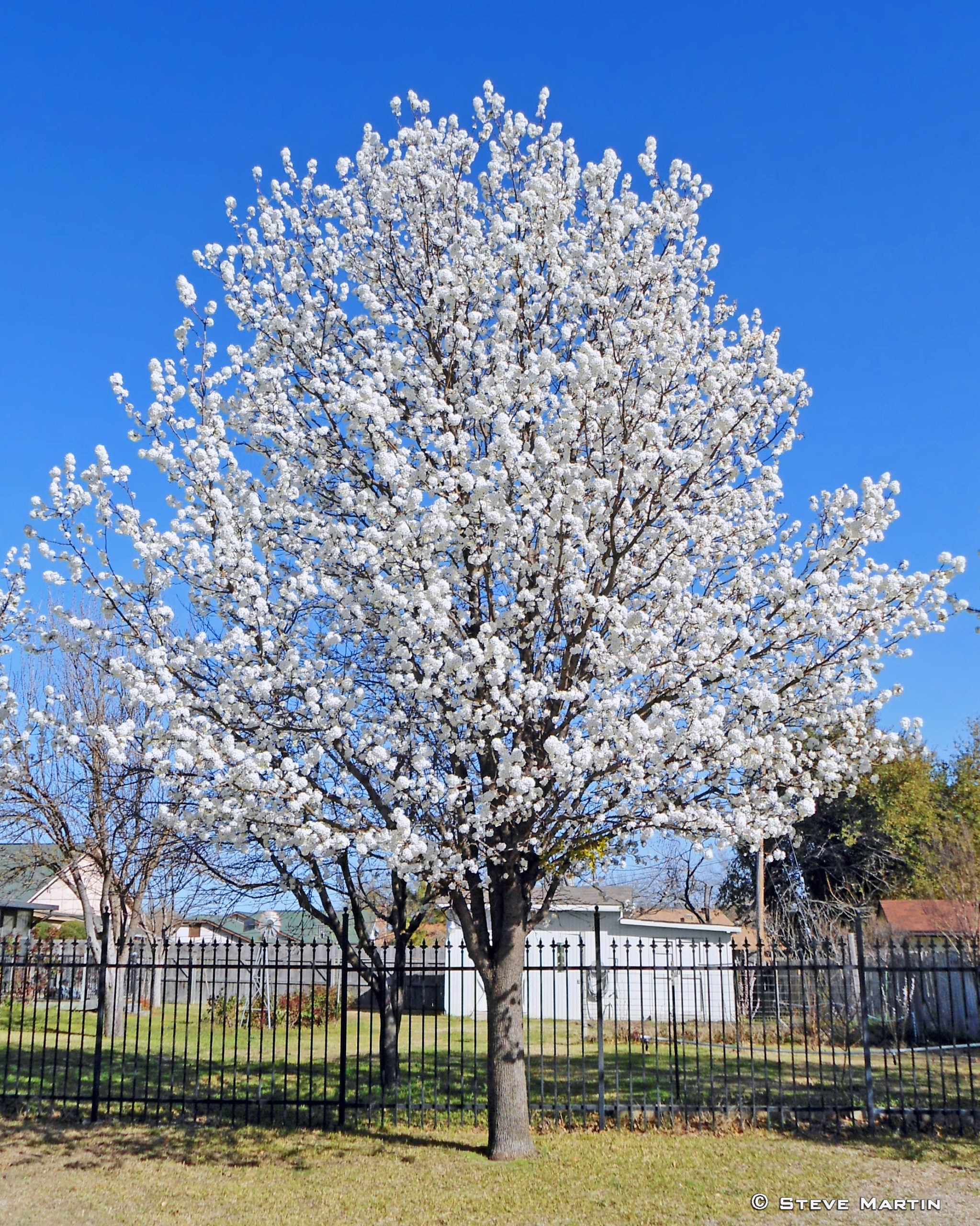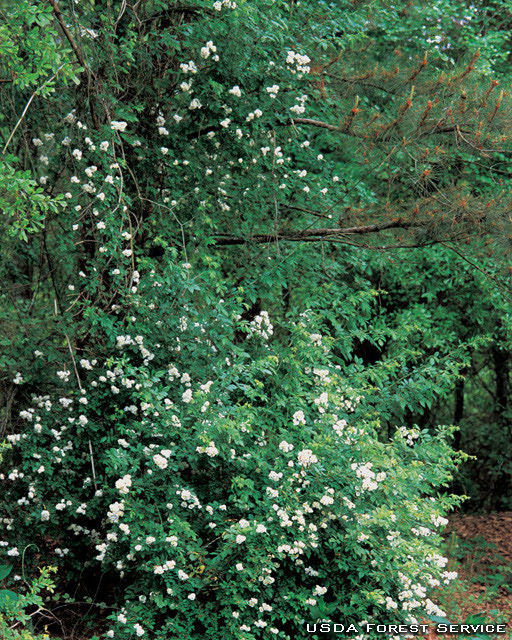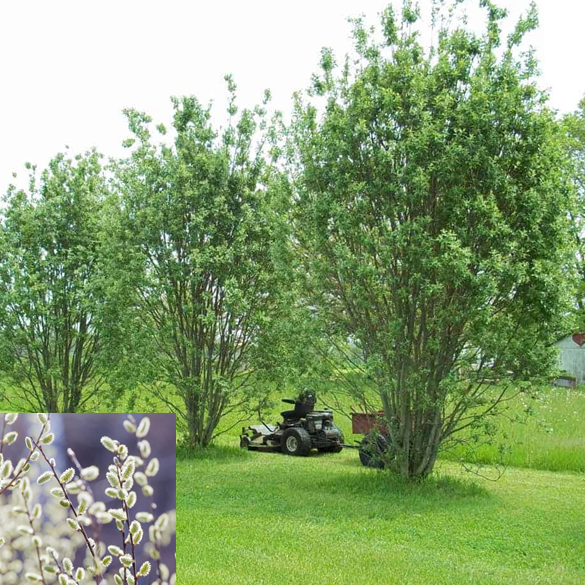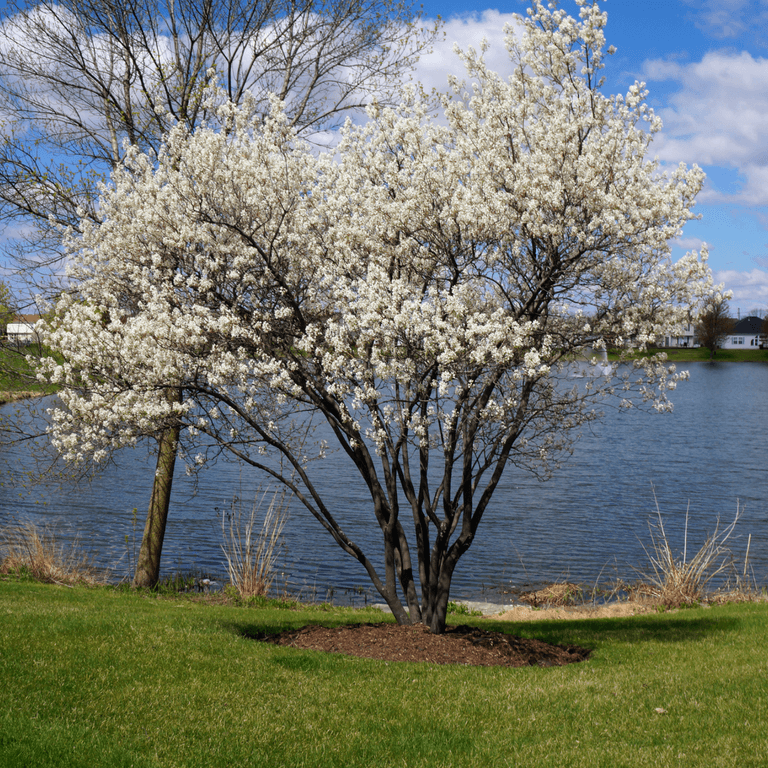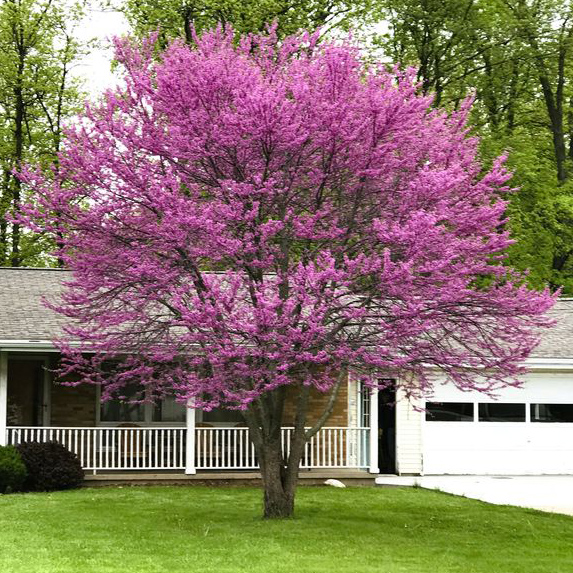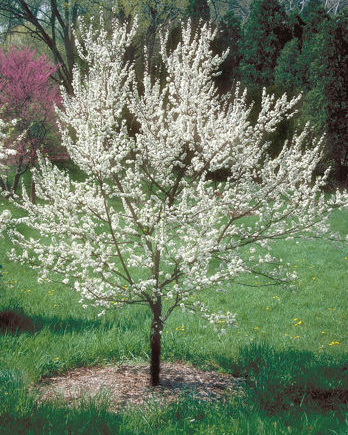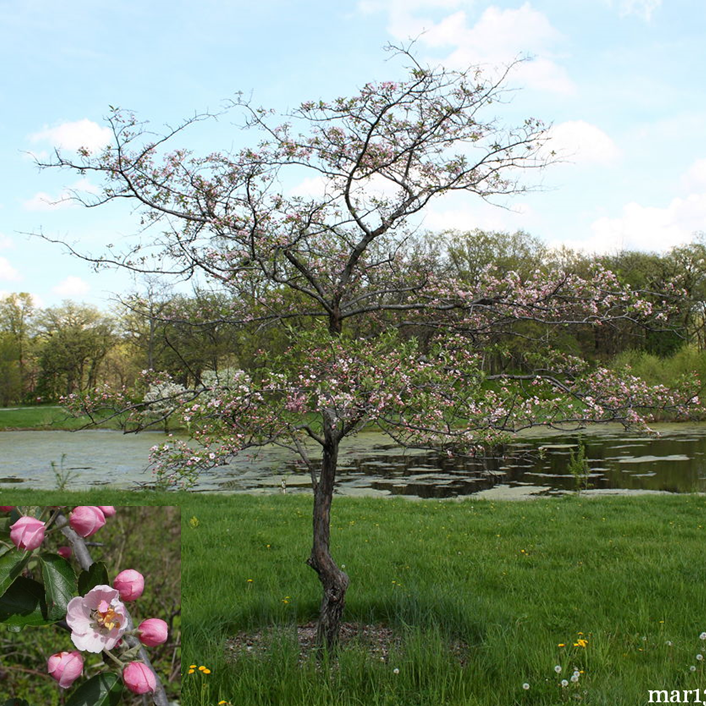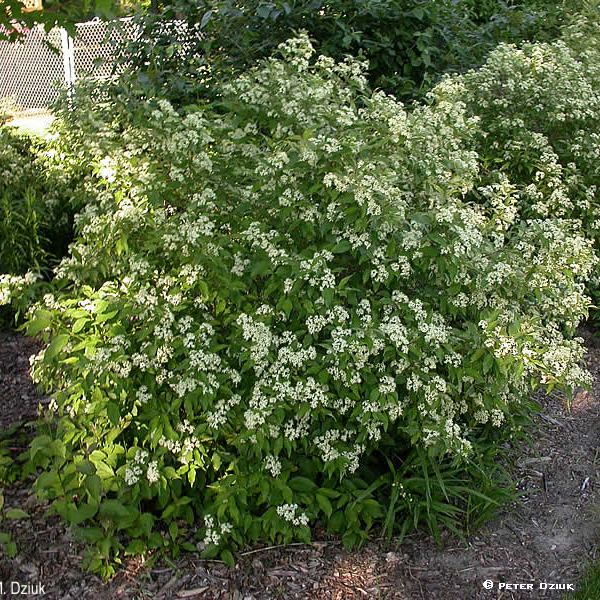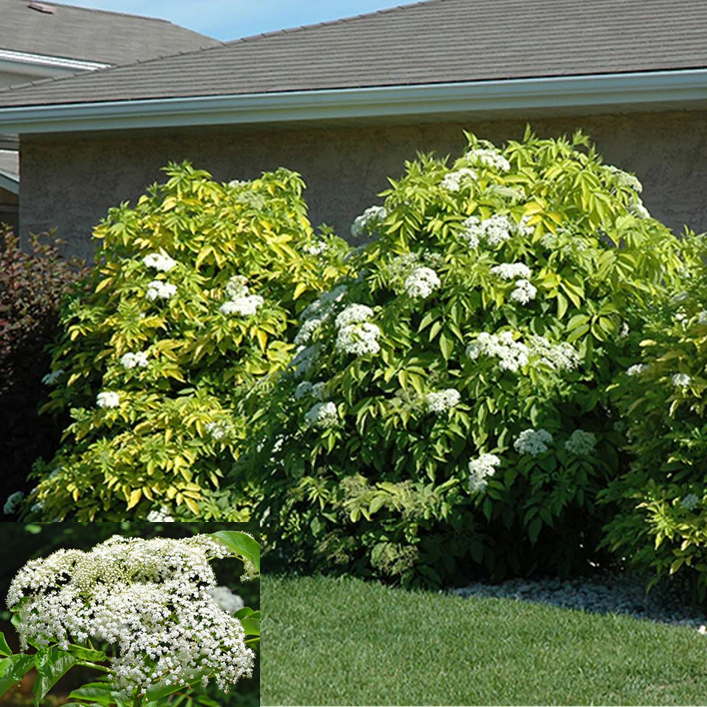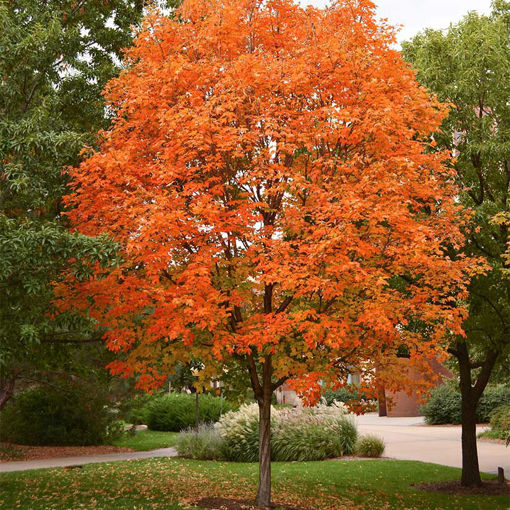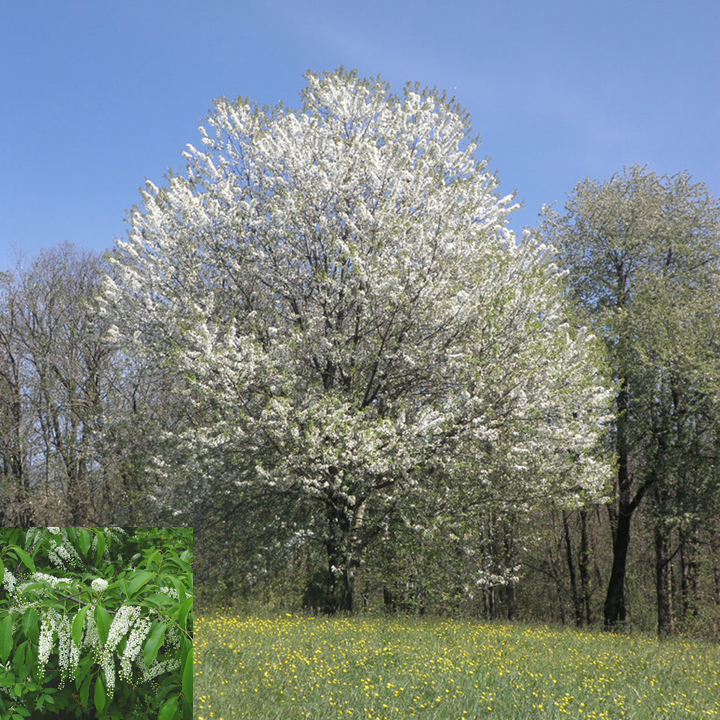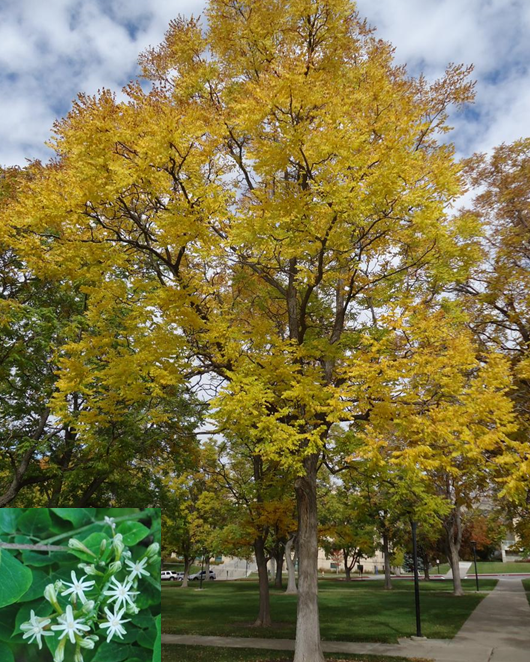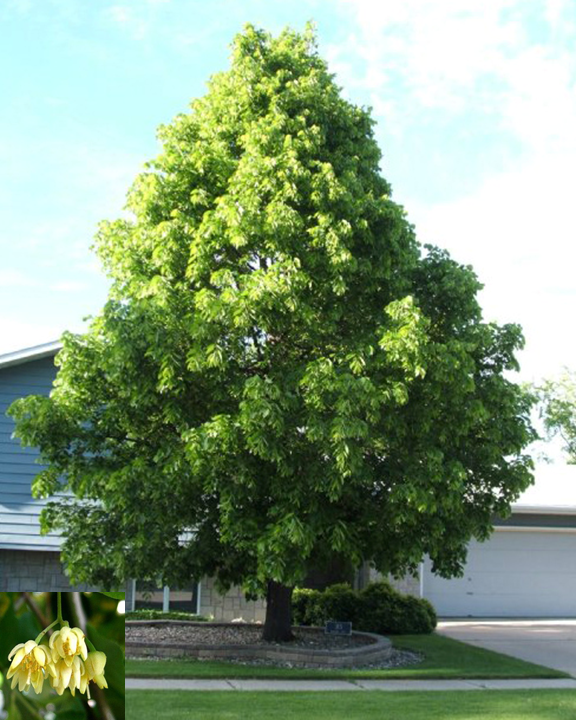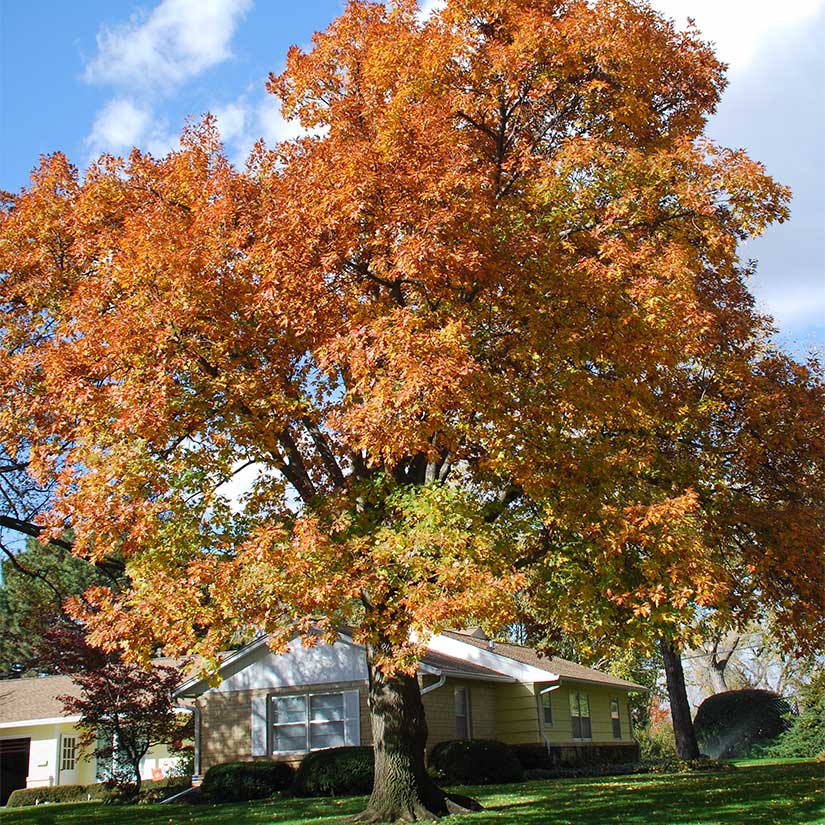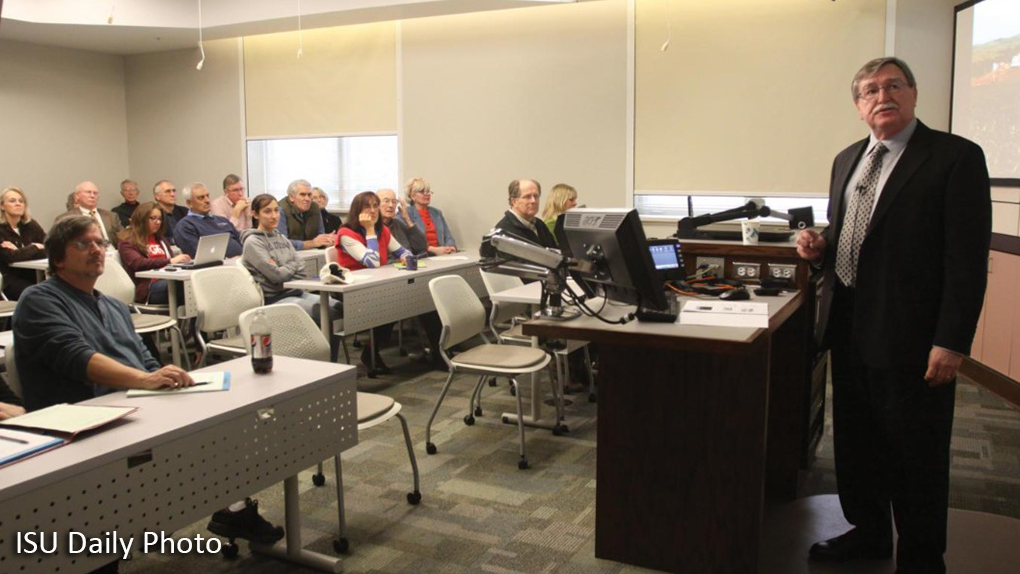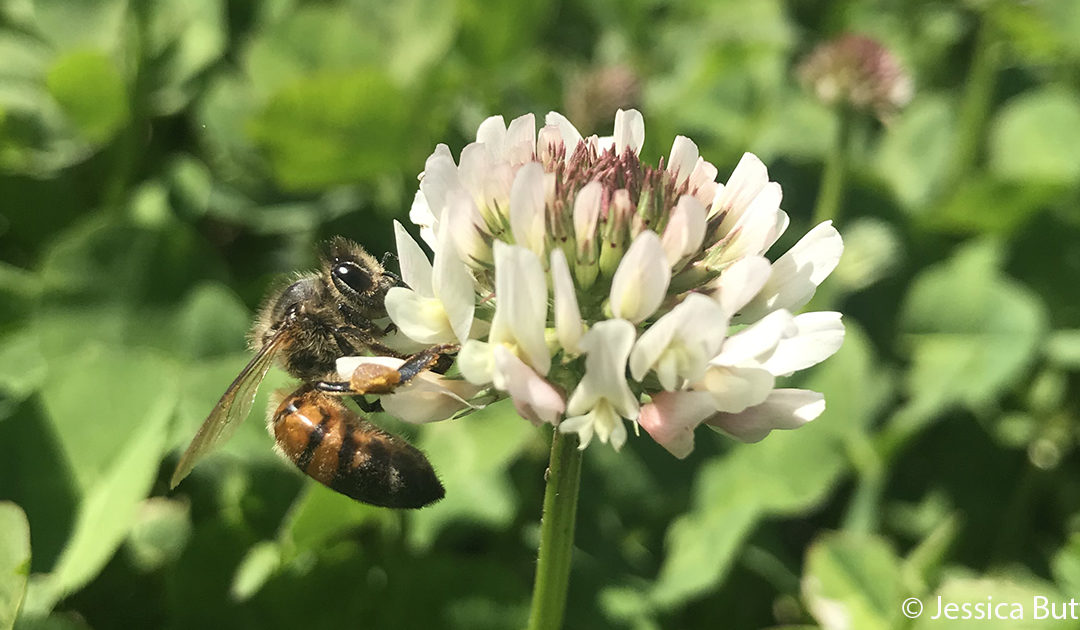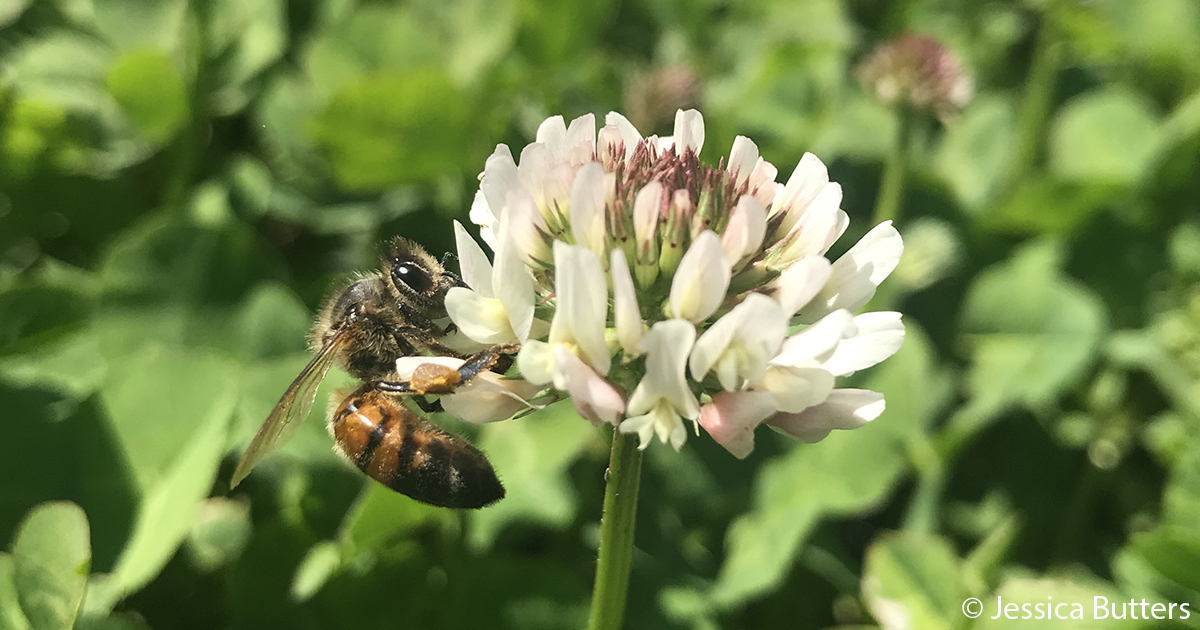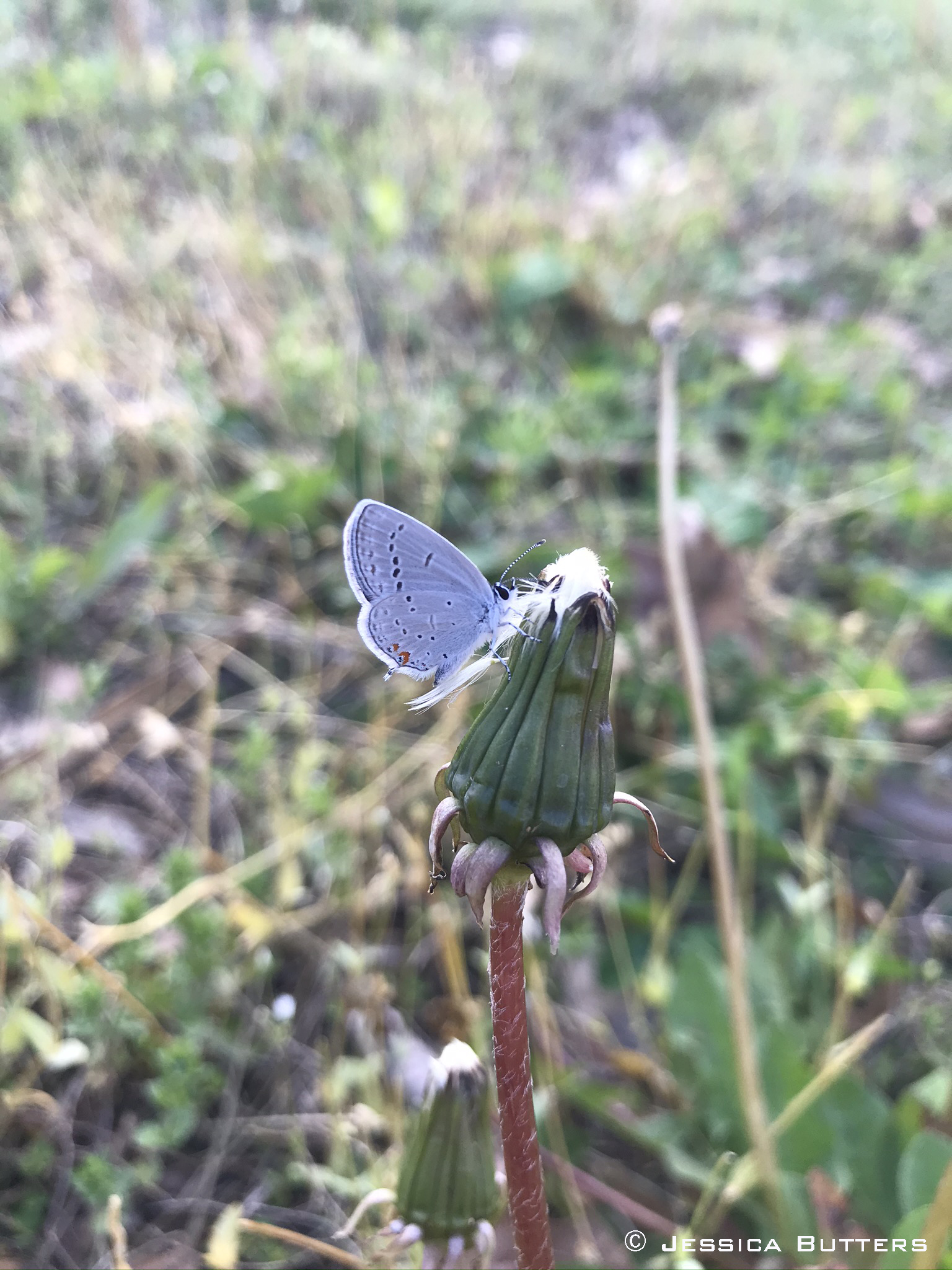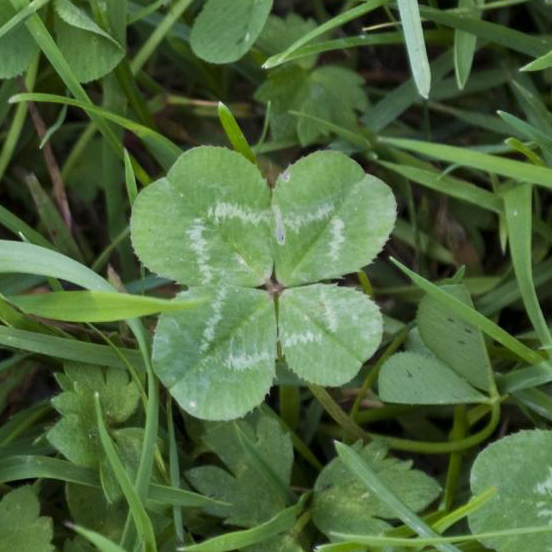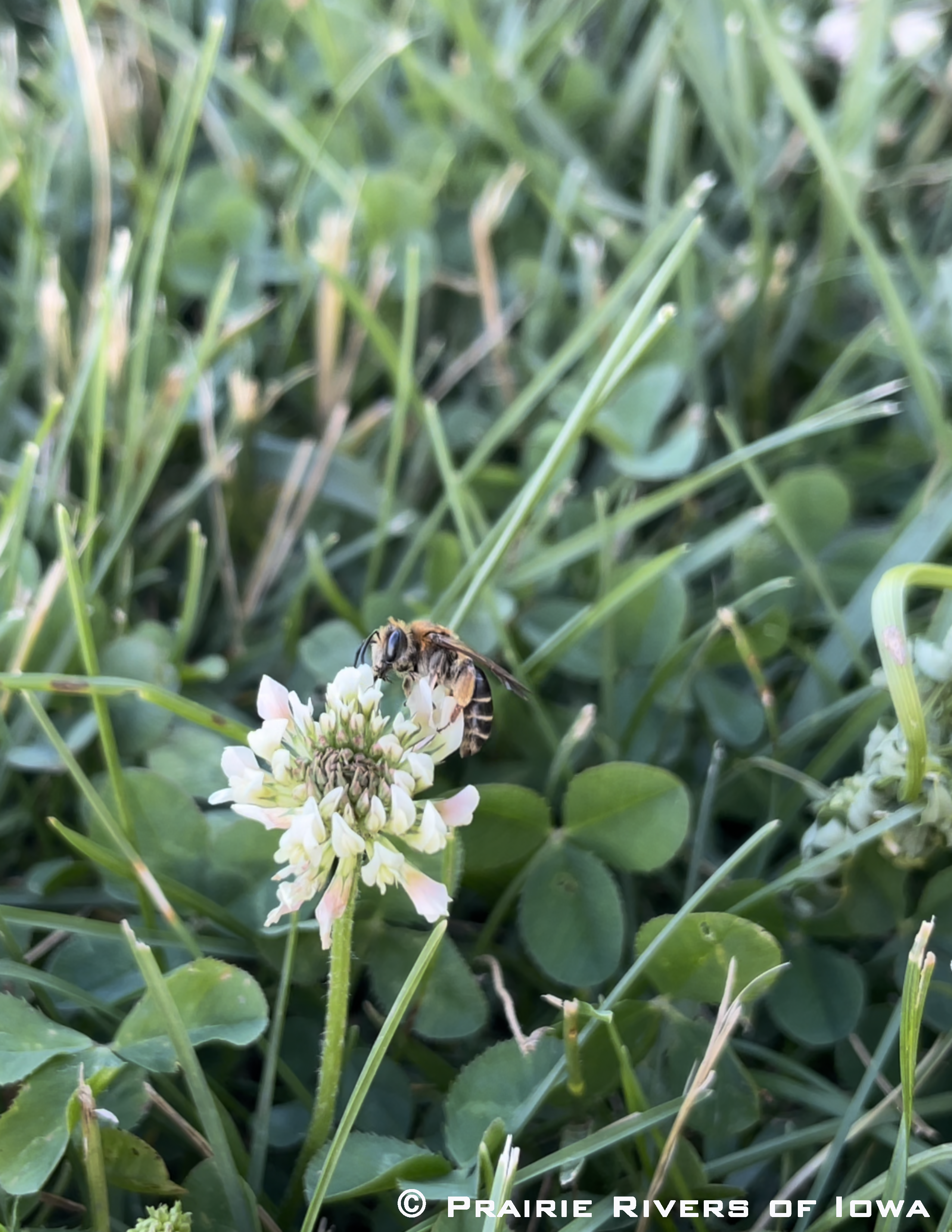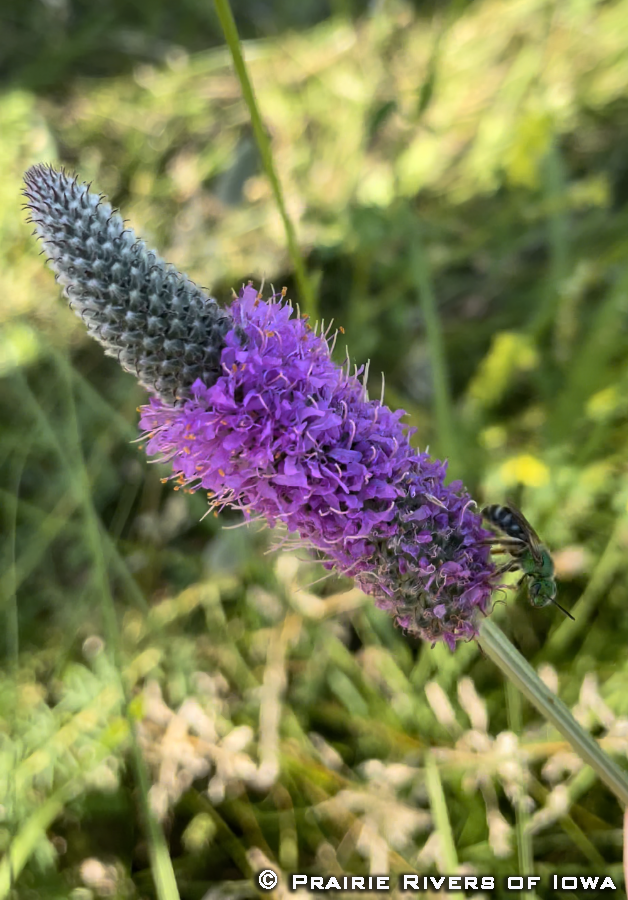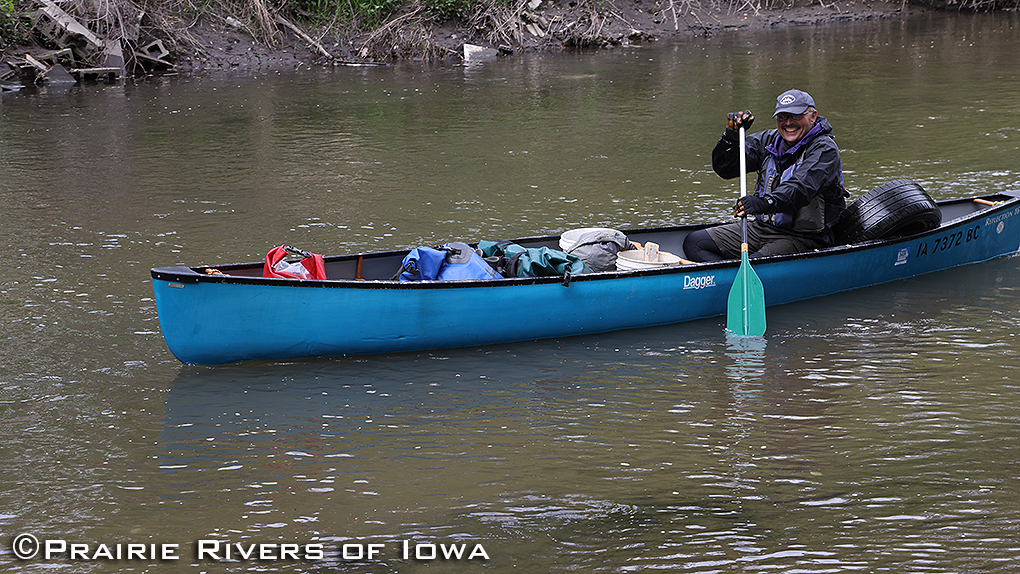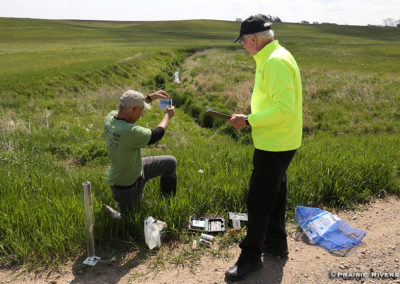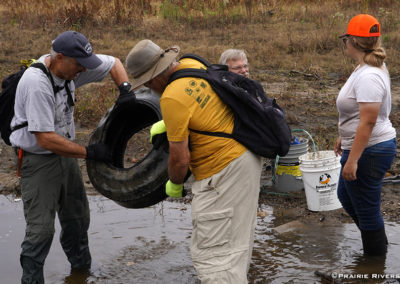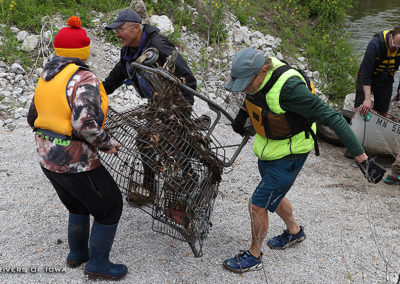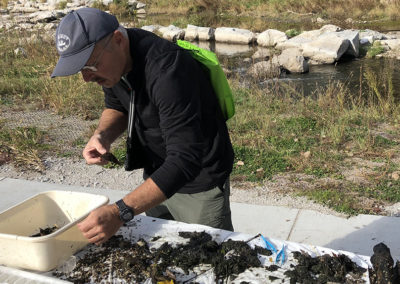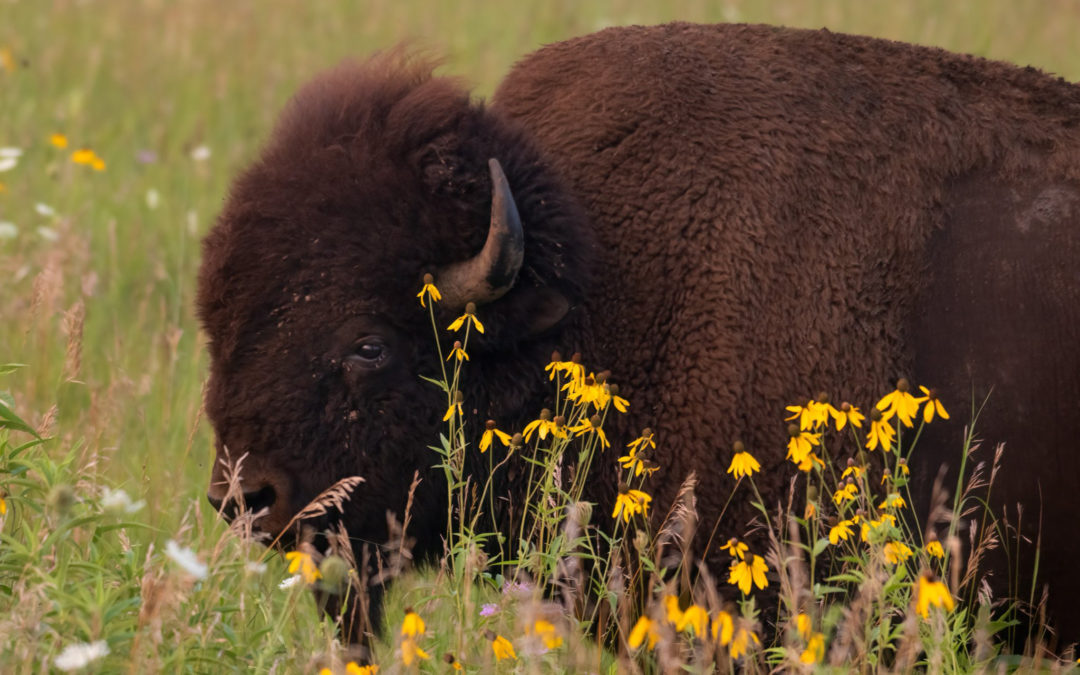
Iowa Lands Prominent North American Prairie Conference
Once in a while something big and potentially impactful happens! Something that brings together people from around North America to address the issues of biodiversity, climate change, soil and water quality and more. Something that lays out information from researchers, educators, allied professionals, students, conservation specialists, landowners and organizations who will share their latest findings while raising important questions during dozens of informative sessions and exciting, hands-on field trips.
The North American Prairie Conference will be held on June 26 -29 in Altoona, Iowa (just outside of Des Moines), right in the heart of the tallgrass prairie region in the U.S. For four days, attendees will learn and discuss, hope and dream and craft real-world action to expand prairies on the continent. Attendees will place themselves in a world that addresses the value of one of the most important and endangered ecosystems.
“Our future success as a society will in part derive from the degree to which we recognize and fulfill our obligation to ensure our grandchildren and their grandchildren have the opportunity to interact with and benefit from these wondrous grasslands, ” wrote Douglas Ladd in an issue of the Missouri Prairie Journal, “We depend on these biological systems to sustain us as a people, meeting human needs through healthy productive soils, clean and abundant waters, pollinator reservoirs, flood and erosion prevention, and countless other amenities which taken for granted, can be prohibitively expensive to re-create once system integrity is lost.”
In addition, attendees can enjoy a full or half day on the land touring across Iowa to see prairie remnants! Options for field trips on June 27 include a choice amongst 17 remarkable remnant native prairies, oak-hickory savannas, research sites and expansive reconstructed prairies throughout central and southeast Iowa. Afterward, participants will revel in an evening of live entertainment, food and camaraderie with fellow participants.
Drake University Professor of Ecology and Botany Dr. Thomas Rosburg is this year’s conference chair. Rosburg will join keynote speakers including the University of Northern Iowa Tallgrass Prairie Center Director Dr. Laura Jackson, Xerces Society of Invertebrate Conservation Co-Director of Pollinator Conservation Eric Lee-Mäder and the Former Director of The Nature Conservancy in Missouri Douglas Ladd to headline the conference.
The North American Prairie Conference is America’s oldest and most celebrated native grassland conference. The conference is made possible by hundreds of attendees, volunteers, organizations and sponsors, including the Iowa Department of Transportation’s Living Roadway Trust Fund. This year’s co-hosts are the environmentally-minded nonprofits Prairie Rivers of Iowa and Iowa Natural Heritage Foundation.
Attendees can learn more and register at www.northamericanprairie.org. Students can apply for a limited number of scholarships www.iowaprairienetwork.org/napcscholarships.
Members of the media wanting a pass and wishing to attend the conference or any field trips can contact Penny Brown Huber at pbrownhuber@prrcd.org.

